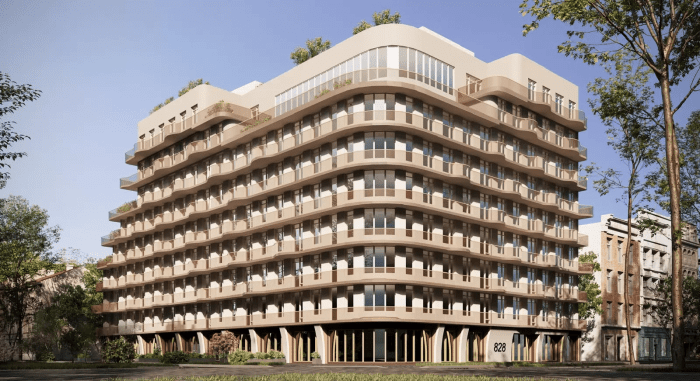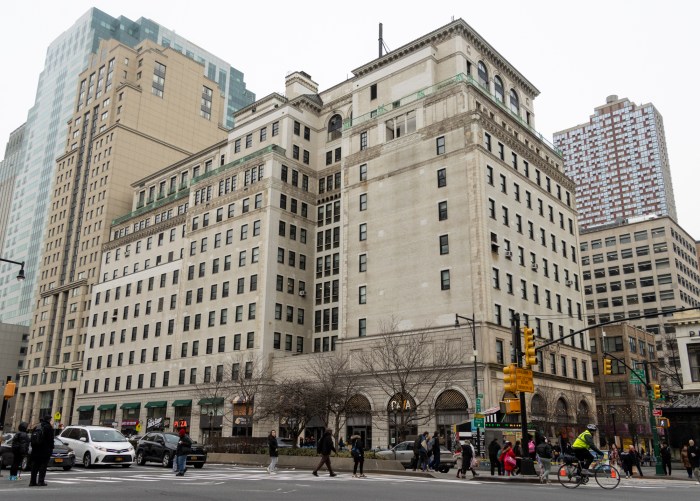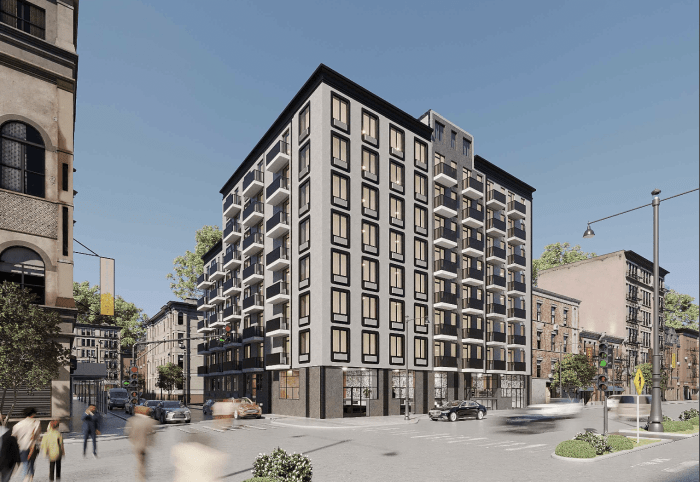Landmarking became part of the city’s life after the 1963 destruction of Penn Station and consists of two varieties: individual buildings and neighborhoods. I have no problem with landmarking historically or architecturally significant buildings, nor do I oppose the making of small historical districts as was done around Gramercy Park or the original district in Carroll Gardens. I do oppose landmarking broad swashes of our neighborhoods, as evidenced by the proposed extensions of Park Slope’s and Carroll Gardens’s historic districts.
South Brooklyn has been around for a long time; long before the real estate names of Red Hook, Cobble Hill and Carroll Gardens divided it into essentially three different zones. These neighborhoods survived the Great Depression and the red-lining in the 1980s. Carroll Gardens has survived as essentially an Italian neighborhood with a strong mix of Hispanics, Irish and other groups and also with a good spectrum of incomes, occupations and backgrounds. Recently when buildings over six stories were being built and proposed in our neighborhood, zoning restrictions were introduced to prevent these oversized buildings from destroying the feel and fabric of our neighborhood.
However, that scare has restarted the movement to broaden the Historic District to include from Degraw Street to Hamilton Avenue and from Hicks Street to Hoyt Street. When you ask why, the answer is usually to keep the tall oversized buildings out. When you point out that this has been prevented by zoning already, then the answer becomes, We do not want ugly buildings like what can be found on this block or that block.
In simple terms, in a Historic District, my house, my home will become a co-op, with my neighbors and the Landmarks Preservation Commission as the co-op board. For me to change my windows and door I would need to get Landmarks to approve my the changes; this costs me money and time. Few people in Historic Districts get work done without hiring an expeditor; the windows that Landmarks has on its approved list are not your everyday Home Depot windows but will cost more. I do not see that the extra cost and extra time will help the neighborhood.
Just look at the battle of Norah Jones’s home inside the Cobble Hill Historic District. Jones has Landmarks’s approval, but her neighbors are still threatening to sue her and Landmarks. Please go look at the “Wailing Wall”; it looks so much better with windows that it is hard to believe anyone would be upset. However, what one person likes another can hate, and in Historic Districts, all your neighbors and Landmarks are on your co-op board.
Michael Cassidy is a resident of Carroll Gardens, which, like Park Slope, is in the middle of a push to extend the neighborhood’s Historic District.






















